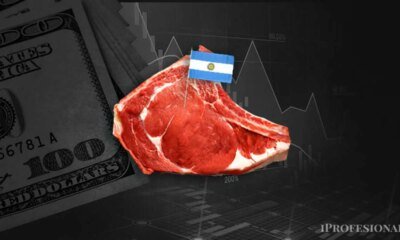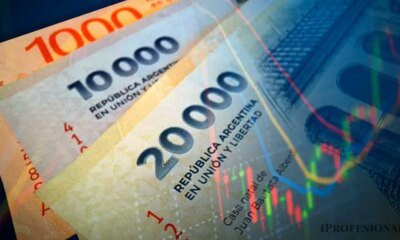INTERNACIONAL
Billionaires boomed in Biden era as Fed became ‘engine of income inequality’ powered by COVID policies: expert

The nation’s wealthiest residents saw their billions grow even larger in the years following the COVID-19 pandemic due to policies from the Federal Reserve that have deepened the chasm of income inequality, economic experts report.
«If you look at the amount of federal regulation, the amount of federal taxes, if anything… the economy has gotten less friendly toward big business, and toward rich people,» economist Peter St. Onge told Fox News Digital in a May phone interview. «What’s actually been happening is that the Fed has been driving income inequality. And, I think for a long time, Republicans were sort of in denial – not just Republicans, but sort of free market types were in denial – and they didn’t want to talk about income equality.»
«I think they should absolutely talk about it, because what’s causing it is not free markets,» he said. «It’s something that I think everybody should oppose, which is government manipulation of the monetary system.»
St. Onge was reacting to data showing that billionaires’ share of the GDP increased from 14.1% in 2020 to 21.1% in 2025, as reported by Johns Hopkins University economic professor Steve Hanke.
JPMorgan Chase’s private bank estimated that the number of billionaires in the U.S. increased from 1,400 in 2021 to nearly 2,000 as of 2024, the Wall Street Journal reported in April.
DOGE SHOULD ‘DEFINITELY’ LOOK AT FEDERAL RESERVE COSTS, ELON MUSK SAYS
President Donald Trump, Federal Reserve Chairman Jerome Powell and former President Joe Biden (Getty Images)
The Federal Reserve is America’s central bank, which sets monetary policies and oversees banks. It acts independently, meaning it does not require approval from the president or Congress when enacting policies.
St. Onge explained to Fox News Digital that «debt is a rich man’s game» and that billionaires have benefited financially since the pandemic as the Fed worked to «manipulate interest rates» down below market value, which subsidized loans.
«During COVID, you could get a mortgage for, you know, three, three and a half percent, when inflation was running higher than that,» he explained. «You were literally being paid to borrow money, which is not a free market outcome.… So it makes loans cheap and the rich overwhelmingly borrow money.»
ELON MUSK WARNS FEDERAL RESERVE MAY FACE DOGE AUDIT
The average debt for the top 5% of Americans sits at about $600,000, he said, while the average debt for the vast majority of Americans is roughly $74,000.
«That’s about a nine times difference,» he said of the data. «So if you make loans too cheap, you are giving nine times more money to rich people.… If you make loans cheap, you’re functionally giving $9 to rich people for every $1 to give everybody else.»
Assets are even more skewed, he explained, with the top 5% of Americans holding $7.8 million in assets compared to the average American’s $62,000 – notching 130 times the difference between the two demographics, he said.
«The value of a stock or even a house are based on the future stream of income, and those are all discounted by the interest rate,» he said. «And so pretty close to mechanically, if you cut interest rates in half – long-term interest rates – you are doubling the value of stocks.»
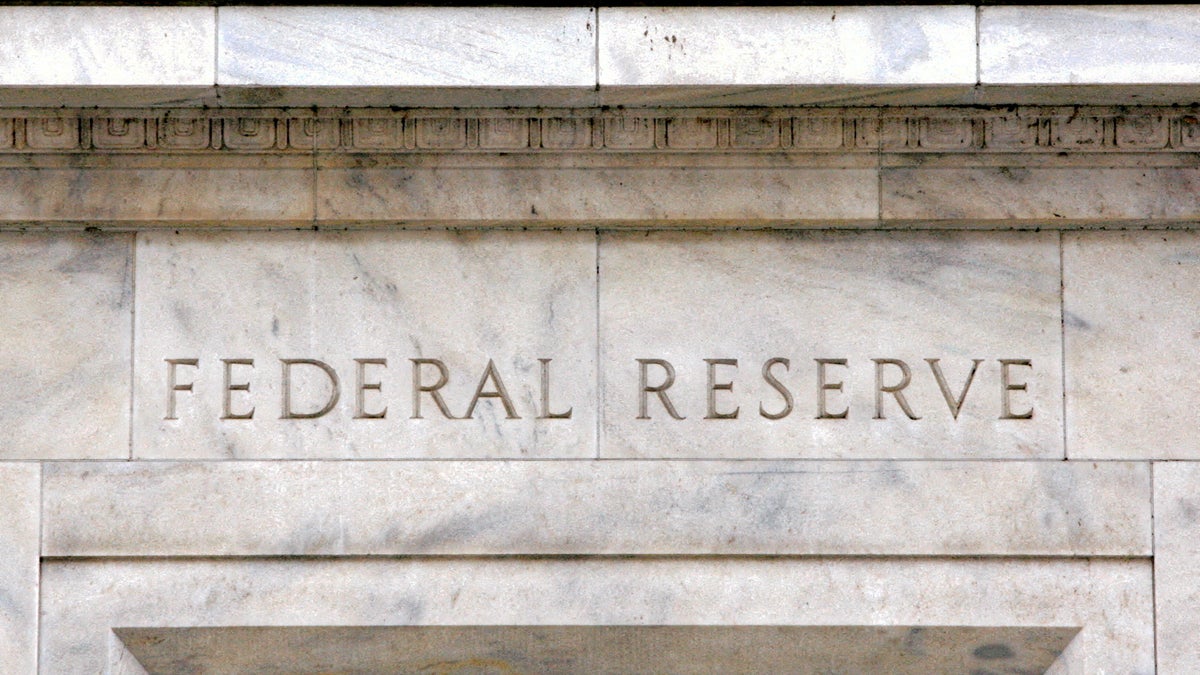
The nation’s wealthiest residents saw their billions grow even larger in the years following the COVID-19 pandemic due to policies from the Federal Reserve that have deepened the chasm of income inequality, economic experts report. (Jason Reed/File Photo/Reuters)
St. Onge pointed to the American economy in the 1970s and the early 2000s, outlining that growth «took a big step down» in the 2000s while asset values, such as housing prices and the stock market, skyrocketed.
«The reason is because, since the 1970s, the Fed has very aggressively held rates low, and so this has caused all those assets to go up. So stocks have gone up, housing has gone up. And again, those are rich men’s games. Overwhelmingly, people who own stocks are rich. Housing is even more skewed.»
«So if you’ve got a nine times difference on loans between the bottom 50% and the top 5%, and then you’ve got 130 times on assets, then the Fed manipulating rates down – they’re not doing it to make rich people rich, hopefully – but that’s sort of the consequence of doing that,» he said. «Holding long-term interest rates low is to shower money on rich people and to shower it in proportion to which they’re rich, right? So the most extreme version of that is going to be billionaires.»
FEDERAL RESERVE HOLDS KEY INTEREST RATE STEADY AMID ECONOMIC UNCERTAINTY
Economist Steve Hanke discussed how the Federal Reserve has fanned the flame of income inequality through its policies at a conference earlier in 2025 at the Mises Institute, an economics-focused think tank based out of Alabama.
«In 2020, billionaires’ share of GDP was 14.1%. Now, it’s 21.1%. The Fed increased the money supply, asset prices went up, & guess who owns the assets? Billionaires. By ignoring the money supply, the Fed is an ENGINE OF INCOME INEQUALITY,» he posted to X in April of his findings.

The Federal Reserve acts independently, meaning it does not require approval from President Donald Trump or Congress when enacting policies. (Alex Brandon/The Associated Press)
«Take the Federal Reserve’s excessive money printing during the pandemic,» Hanke said in an interview published by the think tank in April. «The transmission mechanism of monetary policy roughly dictates that changes in the money supply are followed by changes in asset prices in 1–9 months’ time, changes in real economic activity in 6–18 months’ time, and finally changes in the price level in 12–24 months’ time.»
«Thanks to the Fed’s helicopter money drops beginning with COVID, the annual growth rate of the US broad money supply peaked at 18.1% per year in May 2021,» he added. «Lo and behold, the transmission mechanism followed – the S&P 500 reached a local maximum in December 2021 (6 months later), and inflation peaked at 9.1% per year in July 2022 (14 months later).»
US JOB GROWTH COOLED IN APRIL AMID ECONOMIC UNCERTAINTY
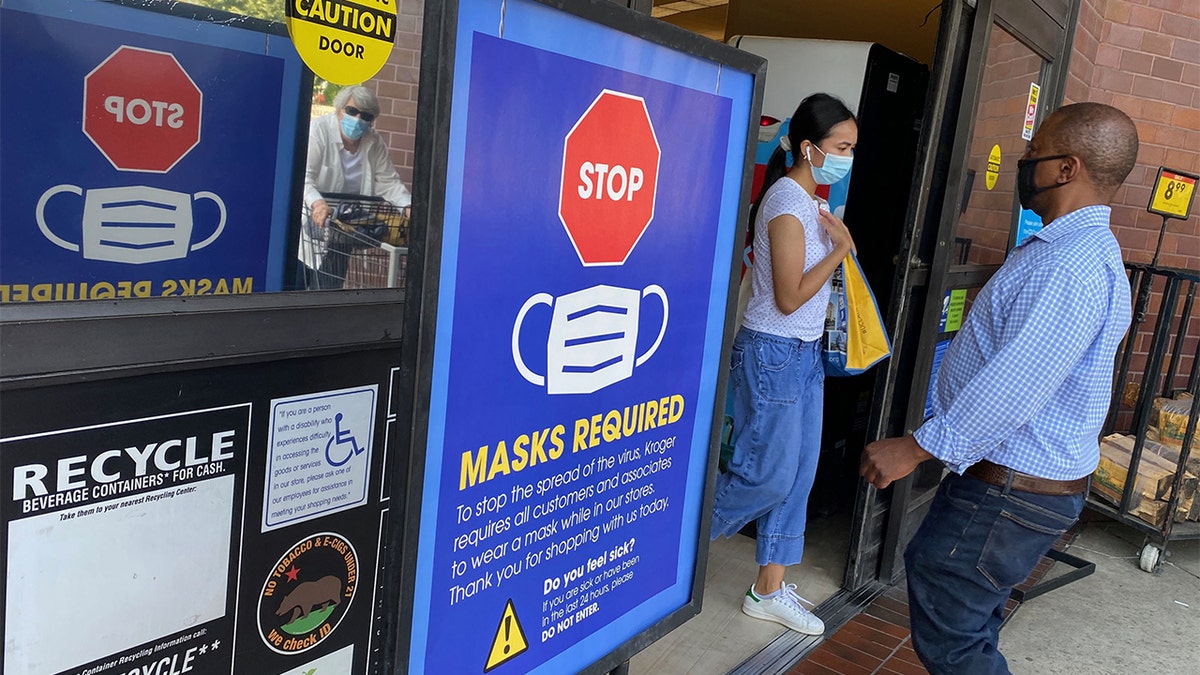
«During COVID, you could get a mortgage for, you know, three, three and a half percent, when inflation was running higher than that,» economist Peter St. Onge noted. (Chris Delmas/AFP via Getty Images)
The result, he said, was skyrocketing wealth inequality to the tune of billionaires increasing their share of the GDP by 7.6 percentage points in just four years.
St. Onge said the Fed’s policies have been political in nature, while remarking he would welcome «naive» Democrats who bang the proverbial campaign drum of income inequality to jump onto the «end the Fed bandwagon.»
«They have a naive argument where they look at rich people and they say, ‘Hey, this is so terrible. We live in this dog-eat-dog jungle of an economy,’» St. Onge said of Democrats who campaign on income inequality. «And that is inaccurate,» he added, citing Federal Reserve policies that have amplified income inequality.
On the opposite side of the political coin, Vice President JD Vance has railed against the Biden administration and «Wall Street barons» for policies he said have hurt the working class. During his acceptance speech after officially becoming the vice presidential nominee in July, Vance said an affordability crisis is strangling the working class, while touting that the Trump administration would end economic «catering to Wall Street.»
CLICK HERE TO GET THE FOX NEWS APP
«Wall Street barons crashed the economy and American builders went out of business,» Vance said from Milwaukee in summer 2024. «As tradesmen scrambled for jobs, houses stopped being built. The lack of good jobs, of course, led to stagnant wages. And then the Democrats flooded this country with millions of illegal aliens. So citizens had to compete – with people who shouldn’t even be here – for precious housing. Joe Biden’s inflation crisis, my friends, is really an affordability crisis.»
The Federal Reserve Board declined comment when approached by Fox Digital regarding St. Onge’s and Hanke’s remarks.
White House,Economic Policy,Economy,Federal Reserve
INTERNACIONAL
Una «bomba meteorológica» amenaza a Francia y deja a París en estado de emergencia
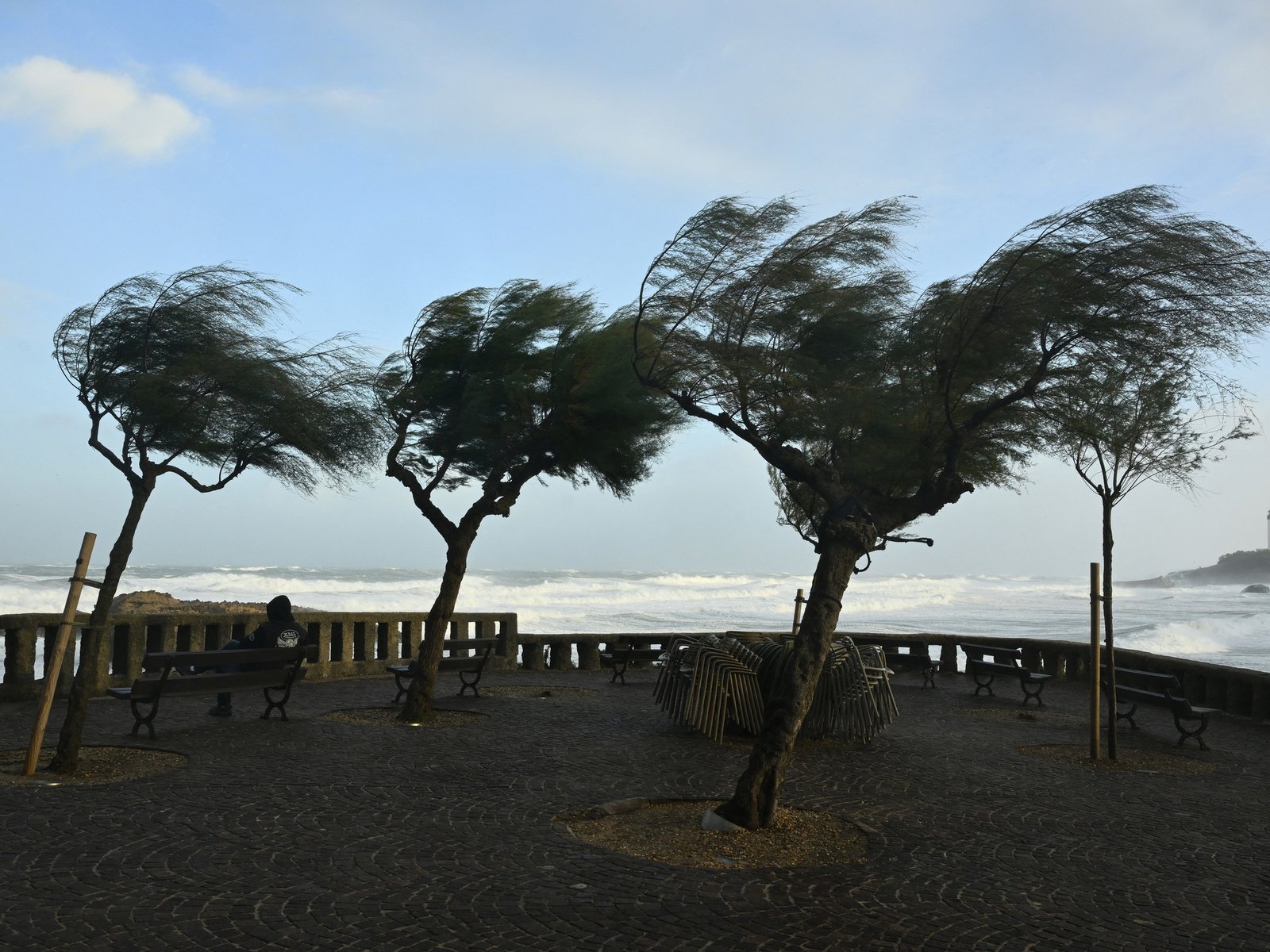
Inundaciones y vientos huracanados
Transportes y rutas afectados
«¿Bomba meteorológica?»
INTERNACIONAL
Fox News Politics Newsletter: Adams to back Cuomo in NYC mayoral race

NEWYou can now listen to Fox News articles!
Welcome to the Fox News Politics newsletter, with the latest updates on the Trump administration, Capitol Hill and more Fox News politics content. Here’s what’s happening…
–Red state university student caught on video threatening lives of Charlie Kirk supporters: ‘Watch your neck’
-Curtis Sliwa vows to be Zohran Mamdani’s ‘worst nightmare’ if the Democratic socialist wins NYC mayoral race
-Undercover video exposes what Spanberger’s campaign organizer really thinks of her: ‘What the f—‘
NYC Mayor Adams to endorse Cuomo in race against Mamdani
New York City Mayor Eric Adams will endorse former New York Gov. Andrew Cuomo in the city’s mayoral race as he faces off against Democratic nominee Zohran Mamdani.
«As spokesman for Mayor Eric Adams, I can confirm that the Mayor will endorse former Governor Andrew M. Cuomo for mayor and intends to campaign alongside him,» Adams’ spokesman, Todd Shapiro, said in a statement to Fox News. «The time and locations for their joint appearances are currently being finalized.»
Adams declined to answer questions about Cuomo at an unrelated press conference Thursday morning…READ MORE.
New York Mayor Eric Adams poses with Independent candidate former New York Gov. Andrew Cuomo after Cuomo participated in the second debate for the upcoming mayoral election on Wednesday evening. (Al Bello/Getty Images)
White House
HOMEGROWN POWER: Apple building American-made AI servers ahead of schedule in new Houston facility, answering Trump call
NEW DETAILS: SCOOP: Trump’s Memphis crime crackdown locates dozens of missing kids, removes 109 gangbangers from streets

National Guard members began patrolling Memphis, Tennessee, in October as part of a federal task force established by President Donald Trump to combat what the administration says is violent crime in the city. (Brett Carlsen/Getty Images)
NO PEACE TALKS: Trump ‘not interested’ in de-escalation with ‘unhinged’ leader of Colombia, White House says
ON PAUSE: Trump freezes out Putin for lack of ‘enough action’ toward peace — future talks uncertain
BLUNT DIPLOMACY: Inside Trump’s ultimatum that forced Netanyahu to the table: ‘You can’t fight the world’

Israeli Prime Minister Benjamin, left, talks to President Donald Trump during a meeting in the Oval Office of the White House April 7, 2025, in Washington. (Kevin Dietsch/Getty Images)
World Stage
SKY VIOLATIONS: Russia violates NATO airspace in Lithuania amid Putin warning on long-range missiles
‘AMAZING BLESSING’: Vance visits church where Christians believe Jesus was crucified, resurrected amid Israel-Hamas ceasefire

Vice President JD Vance tours The Church of the Holy Sepulchre in the Old City of Jerusalem Oct. 23, 2025. (Nathan Howard/Pool/AFP via Getty Images)
NO MORE GAMES: After waffling between Russia and Ukraine, Trump slaps Kremlin with oil sanctions
Capitol Hill
SNAP OUT OF IT: Democrats under fire as food stamp funds run dry: 42 million Americans caught in shutdown fight
NO PAY FOR YOU: Essential workers left unpaid after Senate Democrats kill pay bill
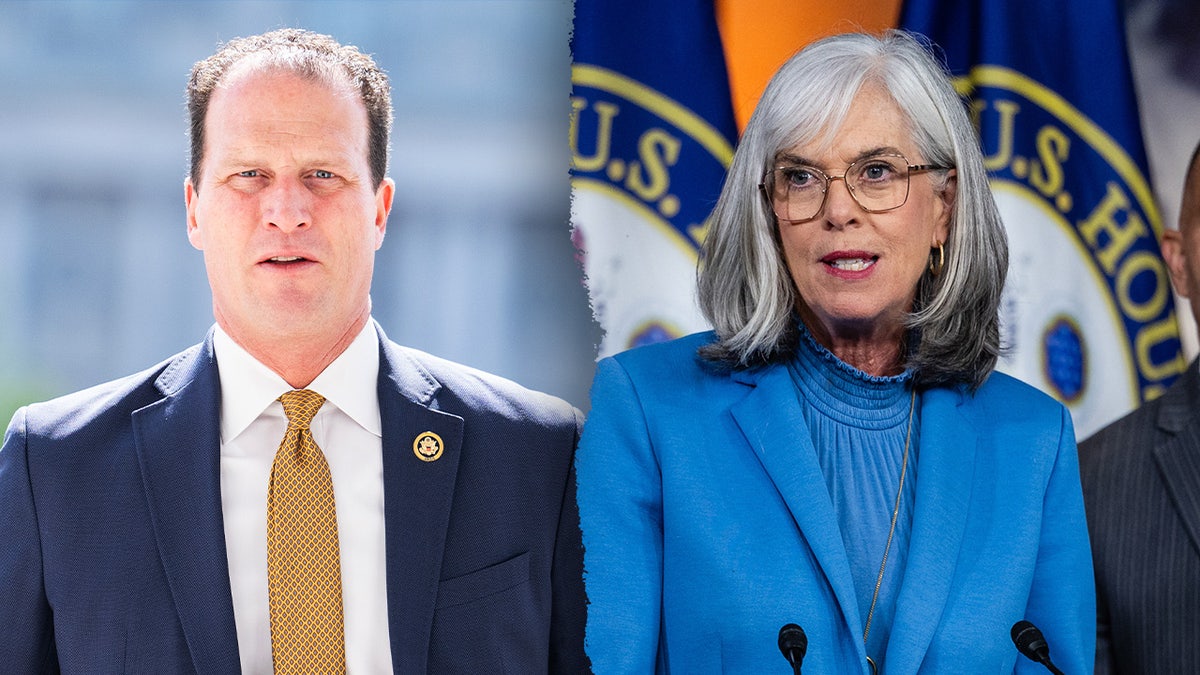
Republican Study Committee Chairman August Pfluger is criticizing House Minority Whip Katherine Clark’s comments in a recent interview on the government shutdown. (Tom Williams/CQ-Roll Call, Inc via Getty Images; Eric Lee/Bloomberg via Getty Images)
HOSTAGE POLITICS: Top Republican slams Katherine Clark for admitting suffering families are «leverage» in shutdown battle
SOCIAL-IST STANDING: Bernie Sanders defends Maine Senate candidate under fire for wild Reddit comments

Senator Bernie Sanders, an Independent from Vermont and ranking member of the Senate Health, Education, Labor, and Pensions Committee, arrives for a confirmation hearing in Washington, July 16, 2025. (Valerie Plesch/Bloomberg via Getty Images)
Across America
HALF IN, HALF OUT: Trump yet to endorse in VA governor’s race — but also kept Youngkin at arm’s length
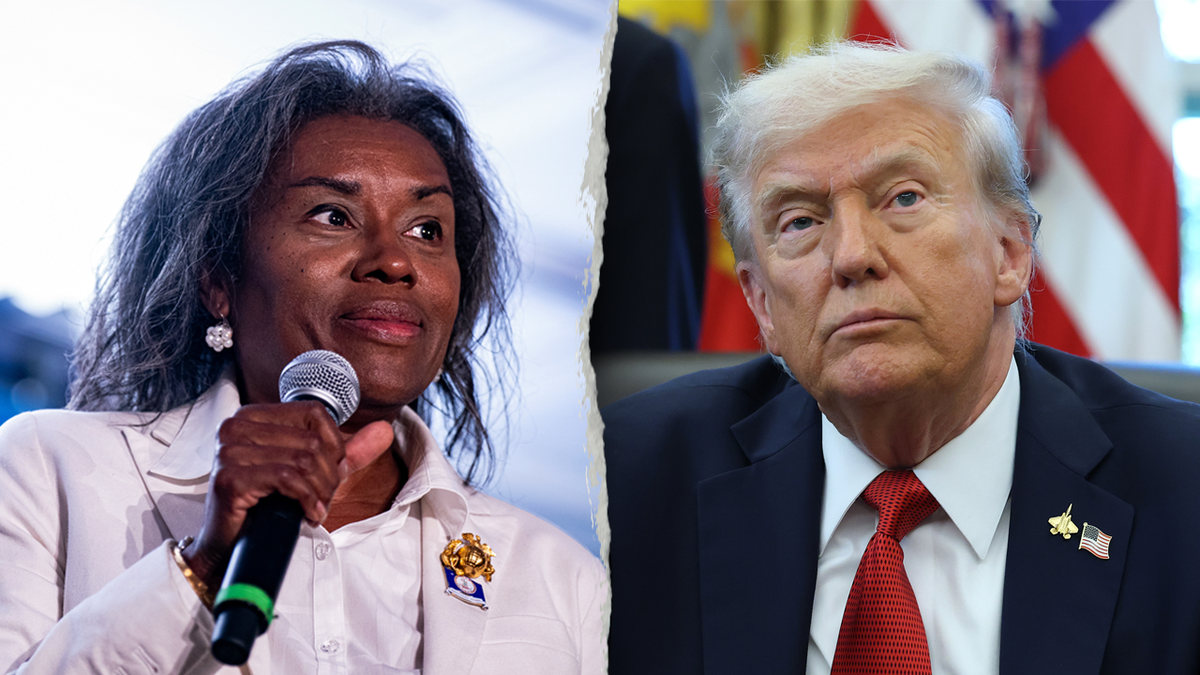
Virginia Lt. Gov. Winsome Sears, left; President Trump, right. (Al Drago/Getty Images; Anna Moneymaker/Getty Images)
MIXED BAG: New poll in key showdown for Virginia governor indicates single-digit race
FOOD FIGHT: Youngkin declares state of emergency over «Democrat Shutdown» depleting food stamp benefits for nearly 1M Virginians
AI ATTACK: Andrew Cuomo campaign walks back controversial attack ad targeting Mamdani voters

Democratic candidate Zohran Mamdani, right, Republican candidate Curtis Sliwa, left, and Independent candidate and former New York Governor Andrew Cuomo. (Hiroko Masiuke/POOL/AFP via Getty Images)
CAMPAIGN CLASH: Social media erupts after Cuomo, Mamdani rip each other during final debate: ‘Unmasked’
‘CALL TO ACTION’: NYC rabbis sound off on «unprecedented risk» Mamdani poses as hundreds of leaders sign «call to action»
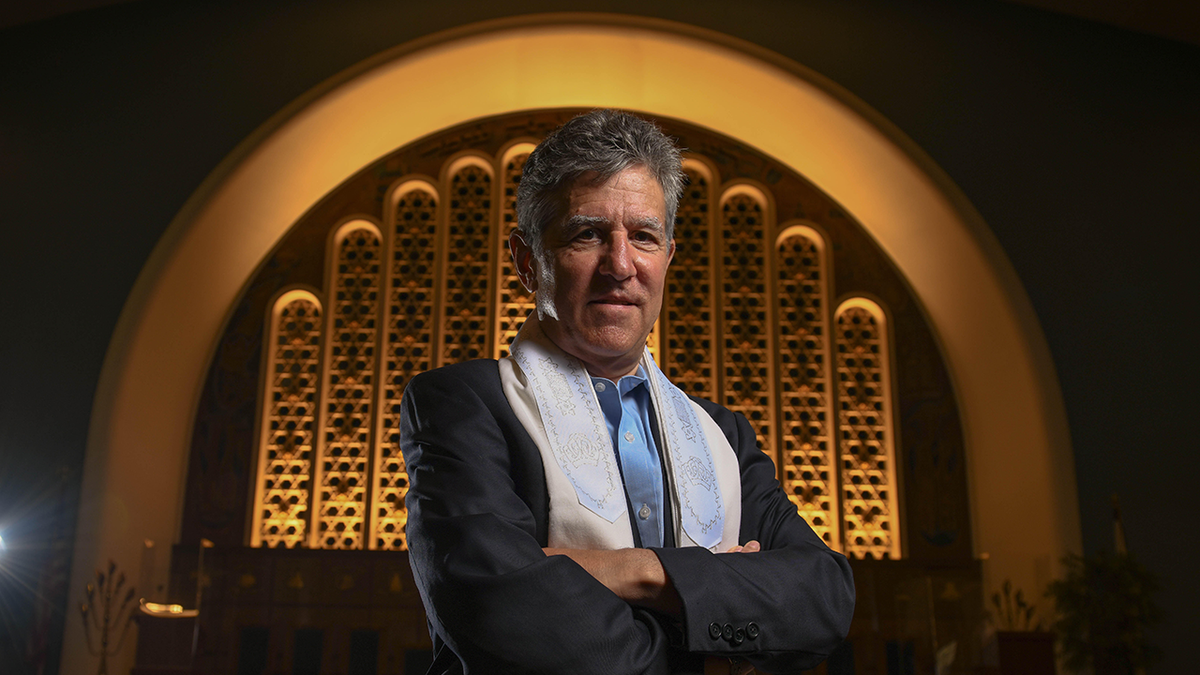
Rabbi Ammiel Hirsch accused New York City mayoral candidate Zohran Mamdani of «fanning the flames of intolerance» with two weeks until Election Day. (Shahar Azran)
SECOND GUESSING: NYC socialist mayoral candidate Mamdani’s 911 plan called «worst idea» by former NYPD sergeant
Get the latest updates on the Trump administration and Congress, exclusive interviews and more on FoxNews.com.
elections newsletter
INTERNACIONAL
Lecturas para el fin de semana: cómo radicalizar el dolor

Habitar el dolor ajeno. ¿Es posible? Tomarlo con las manos, acobijarlo en el pecho, compungirse hasta el llanto, concentrarse en su textura, no dejarlo ir. La empatía trafica esa idea, pero, como escribió Alexandra Kohan, “no podemos entrar los dos en los zapatos de uno”. El otro es el otro y, en tanto otredad, es inquietante, imposible. En ese sentido, la literatura abre una posibilidad en el espacio, la de sumergirse en una narración ficcional que, al ser un artificio, radicaliza al extremo la emoción.
En algún punto, la lectura es un vacío. Un lugar sin notificaciones ni publicidad ni imágenes identificables. Esa zona donde el lenguaje imagina la pureza. Y si entendemos que la ficción no es un sinónimo de la mentira, sino una forma de contar la verdad, el lector se permite algo imposible: habitar el dolor ajeno. Porque el dolor está en el pecho de los personajes, en la atmósfera de las escenas, en la prosa, en la trama, pero no en él, que está del otro lado, ¿a salvo? Quizás ocurra exactamente lo contrario.
“Fijate, ¿lo llegás a ver? Casi no se ve, pero ¿no te parece asombroso ese alerce solo ahí, altísimo, resaltado en la llanura? Hasta tiene el tupé de competirle el protagonismo al horizonte». Un padre con una enfermedad avanzada y su hija viajan en auto hasta Buenos Aires: se tiene que hacer un estudio. Pero se detienen en un pueblo, en una casa, alguien familiar. Él fuma, ella lo reta. “¿Cómo no fotografiarlo?“, dice mirando el árbol, él que es fotógrafo. “¿Sin luz?”, pregunta ella. “Mañana, si se despeja (…) Es la última”.

La luz queda se llama la novela que acaba de publicar Diotima. Su autor es Alejandro Pereyra, escritor, guionista, director de cine. Es brevísima y la narración se agolpa en las páginas, no con apuro, sino con intensidad. “Voy a dejar la fotografía, Romina, antes de que ella me deje a mí“. Cuando ella le pide ”no te pongas trágico», que “va a salir todo bien”, él le dice: “No entendés, Romina. No es por mi cuerpo, por esa mierda que tengo. Solo que esta foto es el punto final perfecto. La vengo pensando hace tiempo”.
Después la literatura hace su trabajo: aparecen otras voces, el paisaje se vuelve una inundación, los pensamientos flotan y las intenciones vuelan. De pronto, “todo es de verdad, hasta la dulzura de mierda”. Y Arturo, el padre, el fotógrafo, sueña con otra foto, pero no es tan fácil. “Los días son todos diferentes” pero “la noche es siempre la misma”. Y la historia va cerrándose, la enfermedad no cesa, y “ya casi no se aguanta el dolor. Pero estate tranquilo, que siempre se trató de amor. Aunque no lo entiendan”.
Cuando Marie-Pier Lafontaine entendió que solo había dos opciones, escribir o prender fuego la casa familiar, escupió Perra. Son ochenta y pico de páginas intensas que narran una dura historia de abuso. Cuando estuvo fuera de esa cárcel de anhelos reventados, el testimonio se hizo literatura. Pero lo novedoso de este libro de 2020 y traducido el año pasado por Agustina Blanco para Ediciones Godot no es este acontecimiento —¿cuántos víctimas han podido narrar sus tragedias en libros?—, sino la mirada.
“Entre todas las leyes del padre, había una de índole fundamental: no contar”, comienza Perra. “De niña, disimulaba mis deseos en textos de ficción. Dos hermanas en fuga. Perseguidas por un monstruo de dos cabezas. Huían por sombríos bosques. Se armaban con ramas, palos. Hoy ya no escondo mis deseos. Quisiera que este texto diezmara a mi familia toda”, escribe esta canadiense nacida en 1988 en Montreal, dentro de “la parte francesa”, autora también de Armas para la rabia.

Por momentos, la hoja se pone de un negro completo con frases así: “Al padre le encanta hacernos saber que piensa en nosotras cuando eyacula. Se las arregla siempre para que lo oigamos”. O también: “Los alaridos se detienen. El padre sale del cuarto de mi hermana. Carraspea. Sus pasos resuenan hasta la otra punta del pasillo. Va al encuentro de la madre”. O: “Mi hermana y yo solo con tomarnos de la mano sabemos con certeza que sobreviviremos al padre”. O: “¿Nuestros vecinos nunca oyeron nada?”
Los recuerdos no se eligen, aparecen como un relámpago en la noche, pero elegimos qué contar. Desde las primeras páginas de Corazón de león de Monika Helfer, que acaba de ser traducido por Gabriela Adamo para Edhasa, sabemos que el hermano de la narradora está muerto. Lo que sigue es una novela en retrospectiva: un personaje que ya no existe, pero que aparece, intrépido y subversivo, en las escenas ahora narradas. Las historias son delirantes y divertidas, pero tienen la inocultable pátina de la tristeza.
Entre esos recuerdos aparece el día en que su hermano conoció a su actual marido, entonces su amante. Su marido estaba de viaje, sus hijos con los abuelos; la casa y el fin de semana para el romance. Y su hermano, tocó el timbre. “Los presenté, conversamos y tomamos vino y fumamos un poco de la hierba que él cultivaba; cuando se despidió, le dijo que le caía bien y que el hecho de que tuviera una relación conmigo, su hermana, solo podía entusiasmarlo, porque todo lo que me hiciera bien lo entusiasmaba”.

“¡Johnny, acabo de romper bolsa!“ En un pueblo del interior profundo de los Estados Unidos, año 1970 y pico, una mujer está a punto de dar a luz. Vive en el campo, en una cabaña junto a su esposo entre el frío y la soledad. Tienen treinta años y han esperado con mucha ansiedad este momento. Suben a la camioneta en las primeras horas de la mañana y conducen unos cuantos kilómetros hasta el hospital con la esperanza de conocer a su hijo, el primogénito. Sin embargo el bebé nace muerto.
A grandes rasgos, esa es la historia narrada en El nadador en el mar secreto, novela breve, profunda, sensible, que publicó William Kotzwinkle en 1975. Es autobiográfica, porque eso le ocurrió: perdió a su primer hijo ni bien salió de la panza de su esposa. Mientras el dolor se agitaba con violencia dentro de su pecho, se encerró en su estudio y se puso a escribir “con las lágrimas en los ojos desde la primera a la última página”. Una revista norteamericana la publicó en el viejo formato de novela por entregas.

La novela ganó varios premios; luego, el olvido. En 2019 la reeditó el sello argentino China Editora. El nadador en el mar secreto no ahonda en sentimientos, ni siquiera se demora en describirlos. La pareja protagonista atraviesa dos momentos de extremos: el parto y la muerte. En su brevedad, la narración adquiere potencia y genera efectos. ¿Qué efectos? Diría que esta novela convierte al lector, incluso al más insensible, en una criatura más vulnerable. Podría decirse que lo devuelve a la realidad.
En nombre de ser comprensivos, no dejamos de arrasar con el otro poniéndole nuestras suposiciones, nuestras atribuciones, nuestras fantasías. Creemos que el otro necesita lo que nosotros creemos que necesita, lo que nosotros necesitaríamos en su lugar. Y, muchas veces, sin ni siquiera haber escuchado del otro ningún pedido. No es poco frecuente que se diga “te entiendo, a mí me pasa lo mismo” y que se corra entonces la conversación hacia lo que me pasa entonces a mí. ¿Por qué hay que pasar por uno para entender al otro? Porque eso es justamente la comprensión. El asunto es, si resulta soportable acompañar a otro resistiéndose a entenderlo, aún en su incomprensibilidad, aún en su ilegibilidad.
“La empatía supone que entre el yo y el otro no hay nada: no hay fantasías, suposiciones, fantasmas, lenguaje: nada, nada de nada”, escribió Alexandra Kohan. “El otro nos es transparente y absolutamente escrutable del mismo modo en que el sí mismo se advierte transparente y escrutable”.

 DEPORTE2 días ago
DEPORTE2 días agoUniversidad de Chile vs. Lanús, por la Copa Sudamericana: día, horario y cómo verlo por TV

 CHIMENTOS2 días ago
CHIMENTOS2 días agoAdabel Guerrero confesó de qué famosa está enamorada y que le encantaría tener relaciones: «La China Suárez me sorprendió con su belleza»

 ECONOMIA3 días ago
ECONOMIA3 días agoScott Bessent oficializó el swap con la Argentina y afirmó: “No queremos otro Estado fallido en América Latina”



